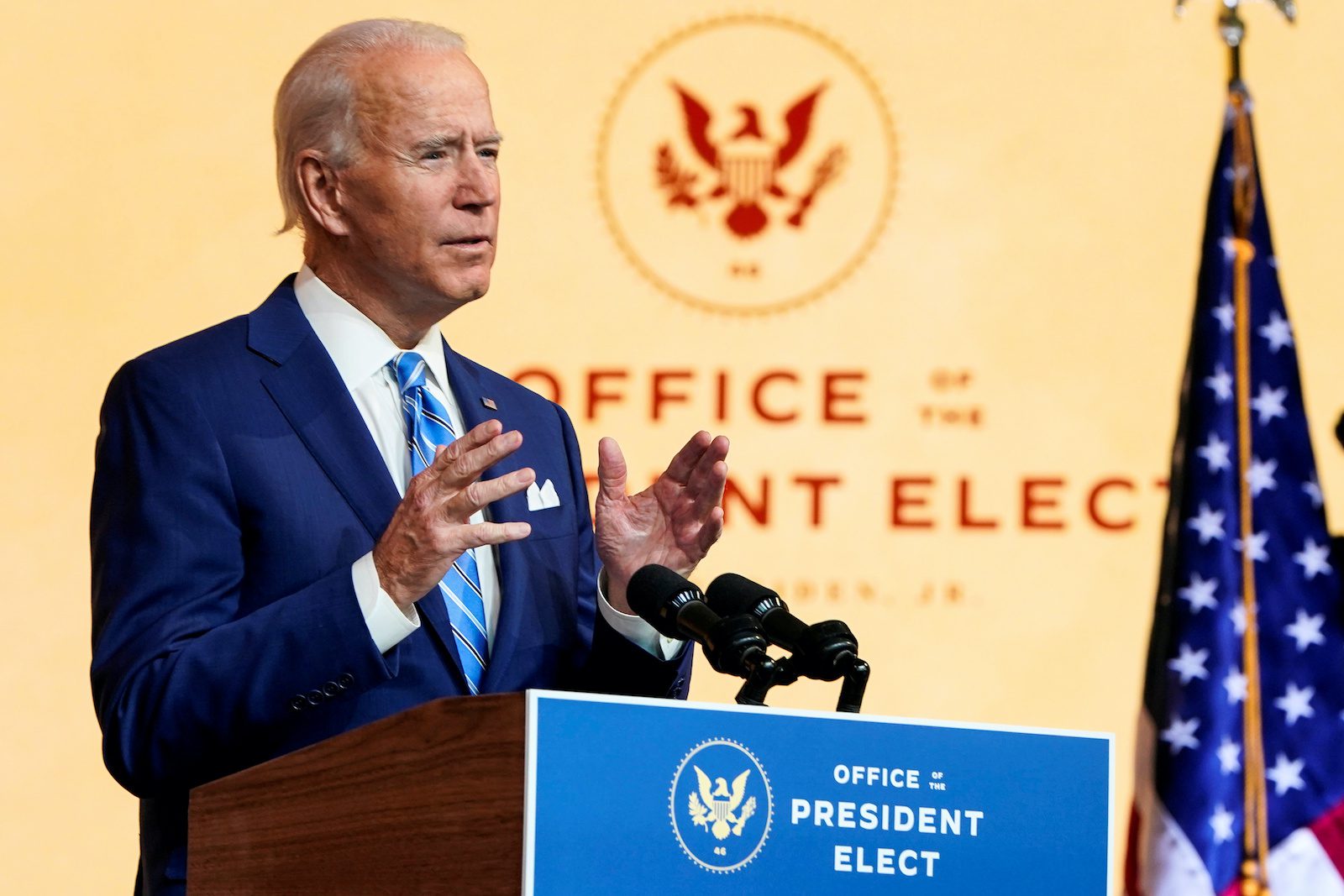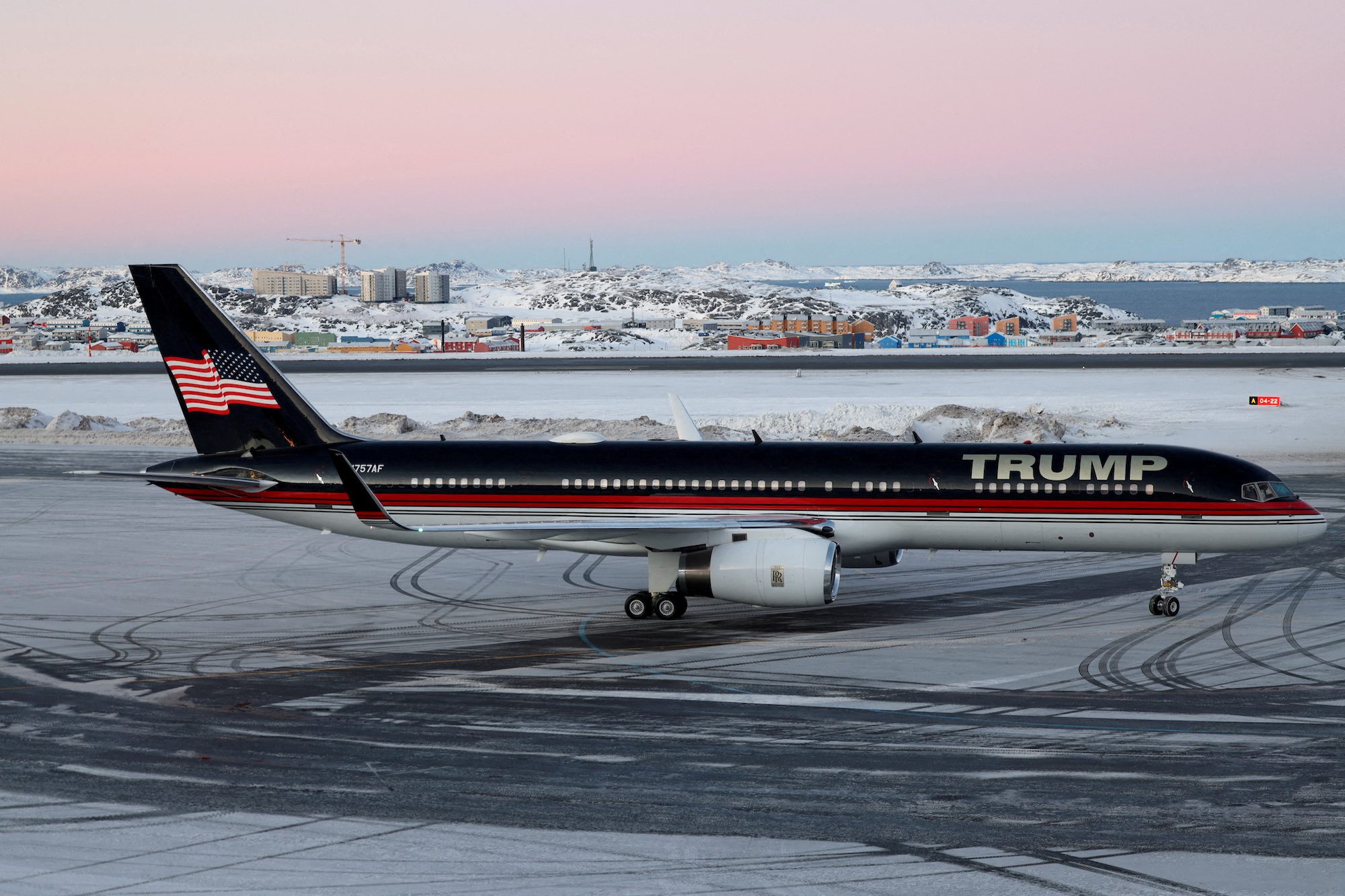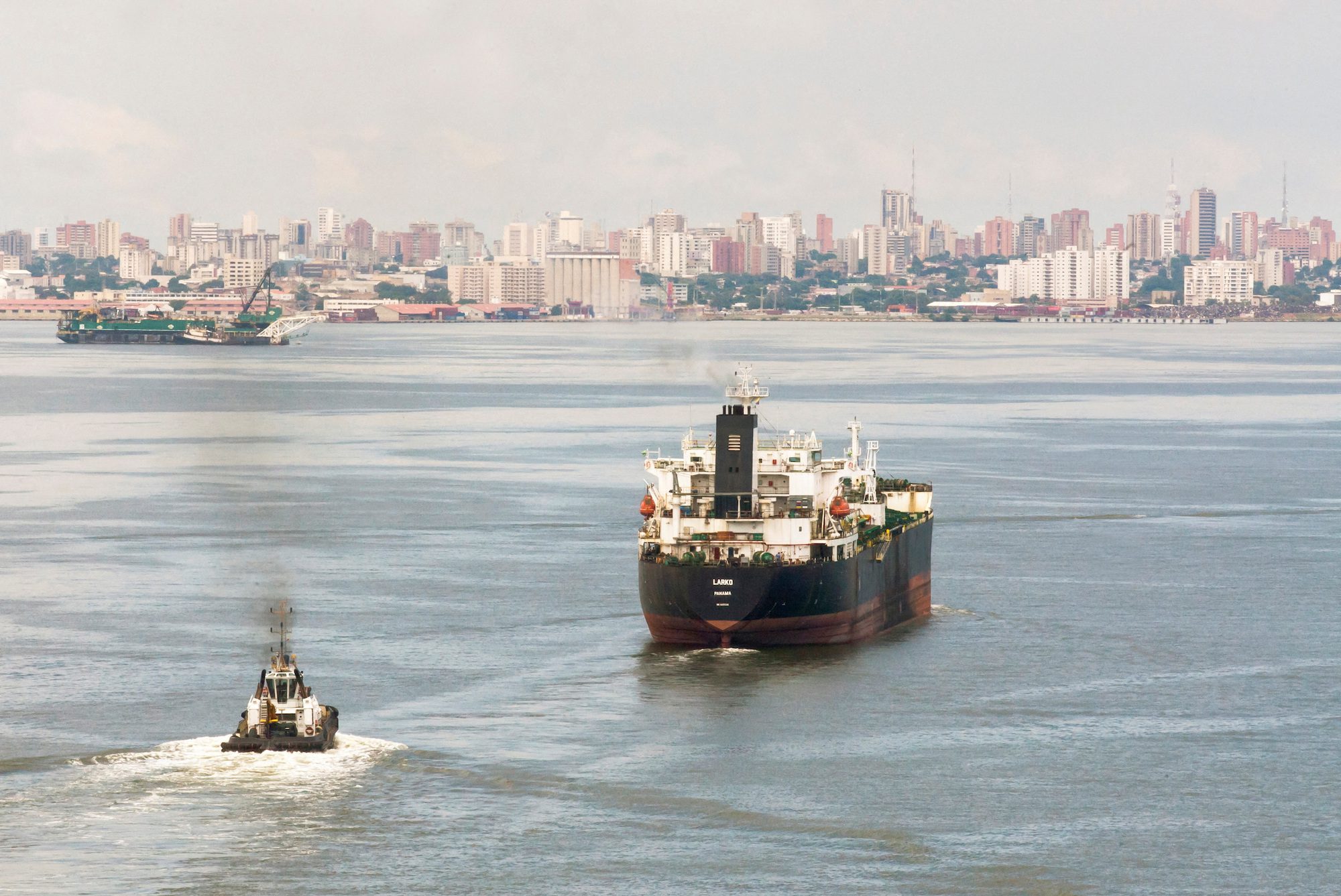This article is part of a series by Holland & Knight’s Transportation & Infrastructure Industry Sector Group leading up to President-elect Biden’s Jan. 20, 2021 inauguration, with insights into the likely impacts on industry segments including Aviation, Construction, Maritime, Freight Rail, Motor Carriers, Transit and Autonomous Transportation.
By Gerald A. Morrissey III and J. Michael Cavanaugh (Holland & Knight) –
Once he assumes office on Jan. 20, 2021, President-Elect Joe Biden will quickly need to develop a comprehensive strategy regarding U.S. ocean trade, offshore industry issues and maritime infrastructure development. There will be many challenges regarding the U.S. regulatory structure, in many ways untouched during the last four years.
An immediate concern is a series of maritime trade dislocations directly caused by the COVID-19 pandemic and its impact upon international trade at all levels. The new administration will also need to address longer-term regulatory interpretation issues pending with respect to the U.S. “Jones Act” cabotage laws. Another long-range issue is the competitive relationship and balance between the major global containership lines and U.S. marine terminal operators, which affects capital markets availability for the purpose of upgrading U.S. port infrastructure. Wrapped around all these challenges is the looming issue of how climate and sustainability policy will be shaped by competing forces within the shipping industry and its capital base, as well as by government, multinational non-governmental organizations (NGOs) and political forces.
Over the next weeks, Holland & Knight will address a series of these issues, including likely steps the new administration may consider and options available to key players, such as Secretary of Transportation nominee Pete Buttigieg and his counterparts at the Departments of Homeland Security, Defense and Treasury.
CBP Definition of “Vessel Equipment” for Jones Act Purposes in Offshore Industries
In Customs Bulletin and Decisions Vol. 53, No. 38, published on Oct. 23, 2019 (2019 Bulletin), U.S. Customs and Border Protection (CBP) announced a wide-ranging reinterpretation of a number of CBP’s longstanding letter rulings applicable to the U.S. Jones Act fleet and offshore marine industries.
Under the Jones Act, 46 U.S. Code § 55102, only U.S.-built, U.S.-flag vessels with “coastwise endorsements” may carry “merchandise” loaded or unloaded at U.S. ports or places to other U.S. ports or places, including carriage of such merchandise between points in U.S. territorial waters and certain points outside territorial waters recognized as “coastwise points” by virtue of the Outer Continental Shelf Lands Act (OCSLA), such as offshore oil & gas structures.
In a 1939 letter ruling, Treasury Decision (T.D.) 49815(4), the U.S. Department of the Treasury concluded that based on an interpretation of a definition in the Tariff Act of 1930, “vessel equipment” was not “merchandise.” The Treasury Department found that “vessel equipment” included items “necessary and appropriate for the navigation, operation or maintenance of the vessel and for the comfort and safety of the persons on board.” Like other non-merchandise, such “vessel equipment” could be carried between coastwise points by non-coastwise vessels. However, in a long series of historical letter rulings going back to HQ 101925 (Oct. 7, 1976), CBP’s interpretation evolved to include focus on the “mission of the vessel,” “function of the vessel” and “accomplishment of the vessel’s mission.” For example, vessel equipment that CBP permitted non-coastwise offshore work vessels to carry included both onboard tools and devices used to conduct work as well as pipe, couplings and other supplies to be used by the vessel in effecting offshore repairs. The maritime and offshore industry relied on this well-established understanding of “vessel equipment” for four decades for bidding, contracting, building and deploying coastwise and non-coastwise vessels for specialized offshore installation and repair work.
Fast forward to 2009, when, in the routine course of business evaluating and issuing “ruling letters” on a per-project basis, CBP issued an interpretive ruling that a certain offshore sub-sea assembly carried onboard a foreign sub-sea installation vessel was “vessel equipment” that the foreign vessel was permitted to transport and install at a coastwise point from the vessel. The ruling generated significant criticism as an expansive application of the “vessel equipment exception,” and was promptly revoked. CBP thereafter initiated a formal rulemaking process concerning the meaning of vessel equipment. The public comments were voluminous and the positions divergent. CBP withdrew the notice without taking further action on the rulemaking.
In 2017, CBP took a second approach. Under statutory authority permitting CBP to revoke individual rulings, CBP proposed revocation or revision of a myriad of “vessel equipment” related interpretive ruling letters and other, unspecific rulings based on similar fact patterns or rationales. That notice also generated voluminous comments, on both the proposed revocation process and the proposed substance, and CBP again withdrew the notice.
Two years later, CBP issued the 2019 Bulletin proposing wide-ranging revocation and modification of vessel equipment related interpretations, principally concluding that HQ 101925, the seminal ruling from 1976, had incorrectly expanded upon the agency’s original interpretation of vessel equipment, and moreover, that its extensive four decades of progeny was similarly tainted. With the 2019 Bulletin, CBP published revised versions of a series of its rulings, limiting the extent of work that non-coastwise vessels may do at U.S. offshore oil and gas sites. The full extent of the change in CBP’s interpretation is unclear. Rather than explain the meaning of its new regulatory interpretation from the top down, CBP’s selective deletions from numerous prior interpretative rulings leaves no clear, readily usable definition for permitted “vessel equipment.”
The unusual regulatory process has also injected new uncertainties. Historically, items that traveled out with a vessel to do permitted work at a job site and then returned back to port with the vessel would constitute “vessel equipment.” However, under the 2019 Bulletin, CBP now reserves judgment on whether any such round-trip item is or is not “vessel equipment” This further leaves the industry and their customers with no bright-line guidance as to what jobs and locations remain competitively open to non-coastwise vessels.
CBP offers only to make necessary interpretations on a case-by-case ruling request basis. This is often impractical in the fast-paced offshore industry, given the time it takes to request and issue administrative ruling letters.
Looking Ahead
Another specific example of this dilemma will be the subject of a forthcoming blog post in this Holland & Knight series in the coming weeks: the status of CBP’s interpretations of the applicability of the Jones Act as well as Jones Act interpretations regarding non-oil and gas installations on the outer continental shelf, such as offshore wind turbines and farms.
It would be extremely useful to the offshore industries and their investors if the Biden-era CBP would consider developing and publishing more detailed interpretations and guidelines on these subjects to narrow the scope of instances in which letter rulings are required.
Read more of Holland & Knight’s Transportation & Infrastructure Industry Sector Group’s blog series: 20 Posts in 20 Days Leading to Inauguration Day

 Join The Club
Join The Club











